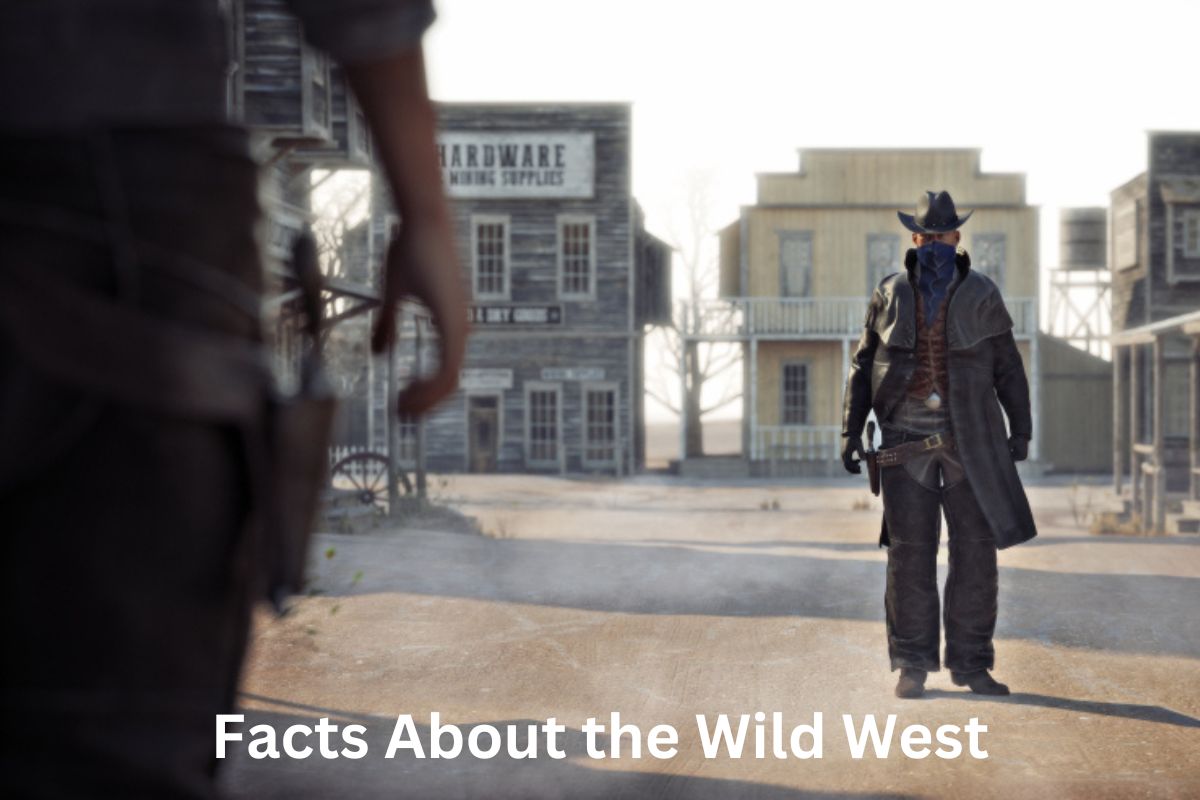The Wild West is a term used to describe the period of American history between the end of the Civil War in 1865 and the turn of the 20th century.
A large number of people went to the western states during this time period in pursuit of fresh opportunities, as the American frontier was quickly extending westward at this point.
In addition to the clashes that occurred between settlers, outlaws, and Native Americans throughout this time period, the spirit of adventure, lawlessness, and rugged individualism typified this time period.
It was a time of immense innovation and technological growth in the United States, and the Wild West was home to some of the most famous outlaws, lawmen, and cowboys in the history of the country.
With tales and tall tales that have been ingrained in American culture for generations, the American Wild West continues to captivate the imaginations of people from all over the world.
Wild West Facts
1. Outlaws became famous
Outlaws such as Billy the Kid, Jesse James, and Butch Cassidy and the Sundance Kid were infamous for their daring and often murderous adventures during the Wild West era.
Billy the Kid, also known as William Bonney, was a notorious gunfighter and cattle rustler who was shot and killed by Sheriff Pat Garrett in 1881.
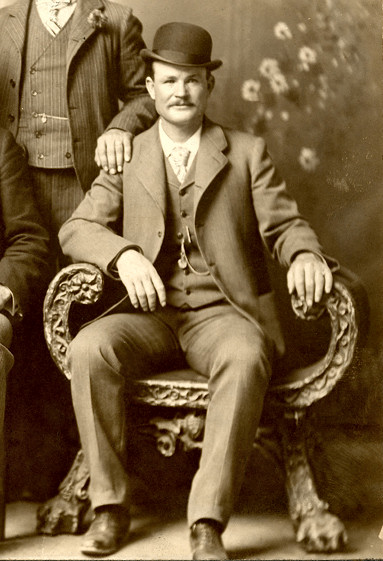
Throughout the 1870s, Jesse James and his gang were responsible for a number of railway and bank robberies, and they became known across the country.
Butch Cassidy and the Sundance Kid were also notorious for daring exploits, such as the 1901 train heist in Montana.
Although these outlaws were frequently idealized in popular culture, their deeds were frequently violent and resulted in significant harm to innocent people.
2. Lawmen too became famous
The Wild West was also home to some of America’s most legendary lawmen.
Wyatt Earp was a legendary lawman and gunfighter most known for his participation in the 1881 gunfight at the O.K. Corral in Tombstone, Arizona.
Bat Masterson was a sheriff, marshal, and gambler noted for his sharpshooting abilities and efforts to restore law and order to the West.
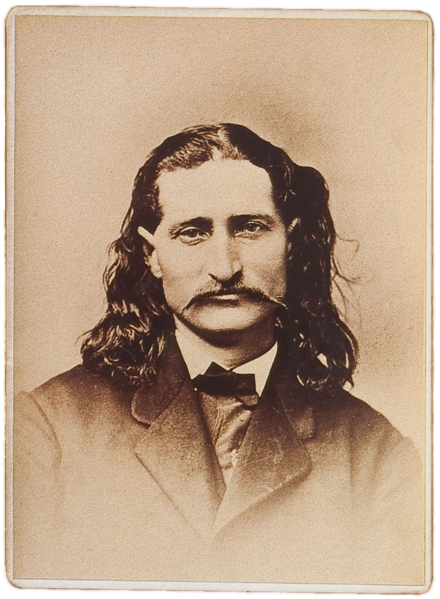
Wild Bill Hickok was a legendary gunfighter who served as a sheriff and marshal in various communities and was involved in a number of notable gunfights.
These lawmen were admired for their toughness, bravery, and ability to keep order in a nation that was frequently lawless and dangerous. They were not always universally admired, and their acts were occasionally contentious.
3. It was the era of the Cowboy
Cowboys were a significant aspect of life in the Wild West, especially in the cattle industry. They were mostly young guys who worked on ranches herding cattle and completing other tasks like as branding, fencing, and horse care.
Cowboys were famed for their toughness, ruggedness, and proficiency with a lasso, which they used to round up animals. They frequently worked long hours in inclement weather, experiencing intense heat, cold, and dust storms.
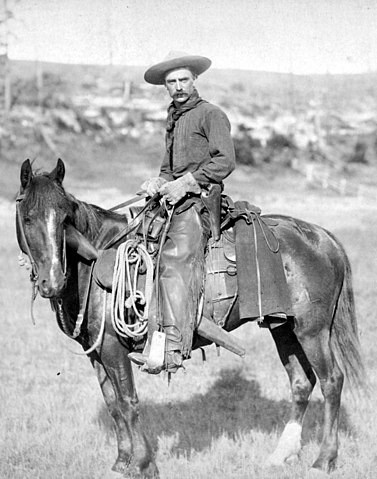
Notwithstanding the difficulties of their jobs, many cowboys were drawn to the independence and adventure of life on the range.
Cowboys have become an iconic symbol of the Wild West, capturing people’s imaginations all around the world.
4. The shootout at the OK Corral
One of the most iconic episodes in Wild West history is the shootout at the OK Corral. It took occurred on October 26, 1881 in Tombstone, Arizona, and was a clash between the lawmen Earp brothers and a gang of outlaws known as the Cowboys.
Doc Holliday, a dentist and gambler, helped the Earp brothers in their attempt to disarm the Cowboys who were carrying concealed weapons.
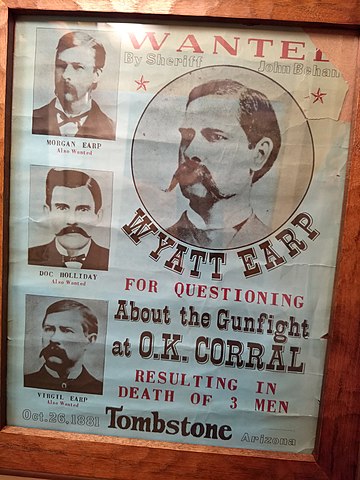
Although the shootout only lasted around 30 seconds, it resulted in multiple deaths and injuries on both sides. Although the firefight itself was insignificant, it became the topic of countless books, movies, and TV series, and it contributed to Wyatt Earp’s and the lawmen of the Wild West’s legend.
5. The Wild West was a time of great innovation
The Wild West was a period of immense innovation and technological growth, which resulted in significant changes in people’s lives.
Railroads and telegraphs were changing transportation and communication in the West, making it easier and faster to carry products, people, and information across large distances.
The telegraph, in particular, was critical for speedily relaying news and information, which helped to put an end to some of the anarchy and violence that characterized early Western civilization.
Meanwhile, new inventions such as the Colt revolver and the Winchester rifle were making their way into the hands of both criminals and police enforcement, transforming the character of gunfights and battle in the West.
The Colt revolver, in particular, was famed for its dependability and quickness, and it quickly became one of the era’s most popular weapons. Ultimately, these technological advancements had a tremendous impact on the history and culture of the Wild West.
6. The California Gold Rush of 1849 was one of the key events
The California Gold Rush of 1849 was a watershed moment in the history of the Wild West and the United States.
Gold was discovered in California in 1848, and word of the finding traveled swiftly, resulting in a tremendous influx of people from all over the world who rushed to California in pursuit of gold.
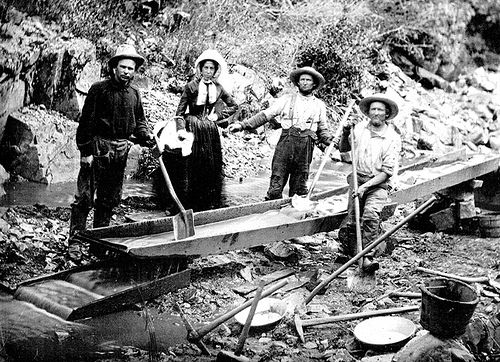
The promise of money and opportunity drew these people, known as “Forty-Niners,” and many of them stayed in California after the gold rush ended to help establish the West.
The gold rush had a huge impact on the West’s economy and culture, leading to the construction of towns and cities and the development of industries such as mining and agriculture.
The gold rush also aided in the expansion of the United States by encouraging westward migration and settlement.
7. The Wild West was home to a diverse mix of people from many different backgrounds
The Wild West was home to a diverse mix of people from many backgrounds, and their contributions to the West’s growth were substantial.
Native People were the land’s first residents, and they had an important part in defining the culture and environment of the West.
They did, however, experience discrimination and violence from white settlers, and their land and way of life were frequently endangered by westward development.
At this time, Mexican Americans, Chinese immigrants, and African Americans faced prejudice and obstacles, including laws and policies that limited their rights and prospects.
Notwithstanding these obstacles, they contributed significantly to the development of the West by working as cowboys, miners, farmers, and laborers, as well as contributing to the expansion and development of towns and cities.
Their experiences and contributions are a vital part of the Wild West’s history and culture, and they are still recognized and remembered today.
8. The Wild West is remembered in legends and myths
Many of the sights and stories we identify with the American West today are based on folklore and myth rather than historical reality.
For example, the concept of the “fast draw” gunfighter, who could shot his opponent before he could draw his gun, was more myth than fact.
In actuality, gunfights were uncommon in the Wild West, and they were frequently messy, chaotic affairs that did not follow the predictable patterns represented in movies and television shows.
Similarly, many popular clichés and pictures of cowboys, outlaws, and cops were based on idealized and exaggerated representations of reality rather than historical fact.
Despite this, these legends and myths contributed to form the cultural identity of the Wild West and continue to attract people all over the world.
9. Cowboys did not, contrary to common opinion, wear 10-gallon hats
Cowboys did not, contrary to common opinion, wear 10-gallon hats. The origin of the name “10-gallon hat” is unknown, however it is thought to be derived from the Spanish expression “tan galán,” which means “thus gallant.”
Cowboy hats, on the other hand, were normally significantly smaller, with brims measuring between 3 and 4 inches. These hats were constructed of felt, beaver, or straw and were intended to protect cowboys from the sun and rain.
Cowboy hats were a crucial element of their dress and identity, but they were not the exaggerated symbols of masculinity and toughness that they are frequently depicted as in modern culture.
10. The Pony Express only operated for about 18 months
The Pony Express was a mail delivery service that ran from April 1860 to October 1861.
It was a relay system in which riders on horseback delivered mail over a 1,900-mile journey between St. Joseph, Missouri, and Sacramento, California.
Also Read: Facts About the Pony Express
The Pony Express was a tremendous achievement for its time, allowing letters to be delivered considerably faster than before.
Unfortunately, the service was costly to operate and was eventually supplanted by the transcontinental telegraph, which could send information even faster and at a lower cost.
So, while the Pony Express only lasted about a year and a half, it was an important part of Wild West history and a significant technological achievement for the time.
